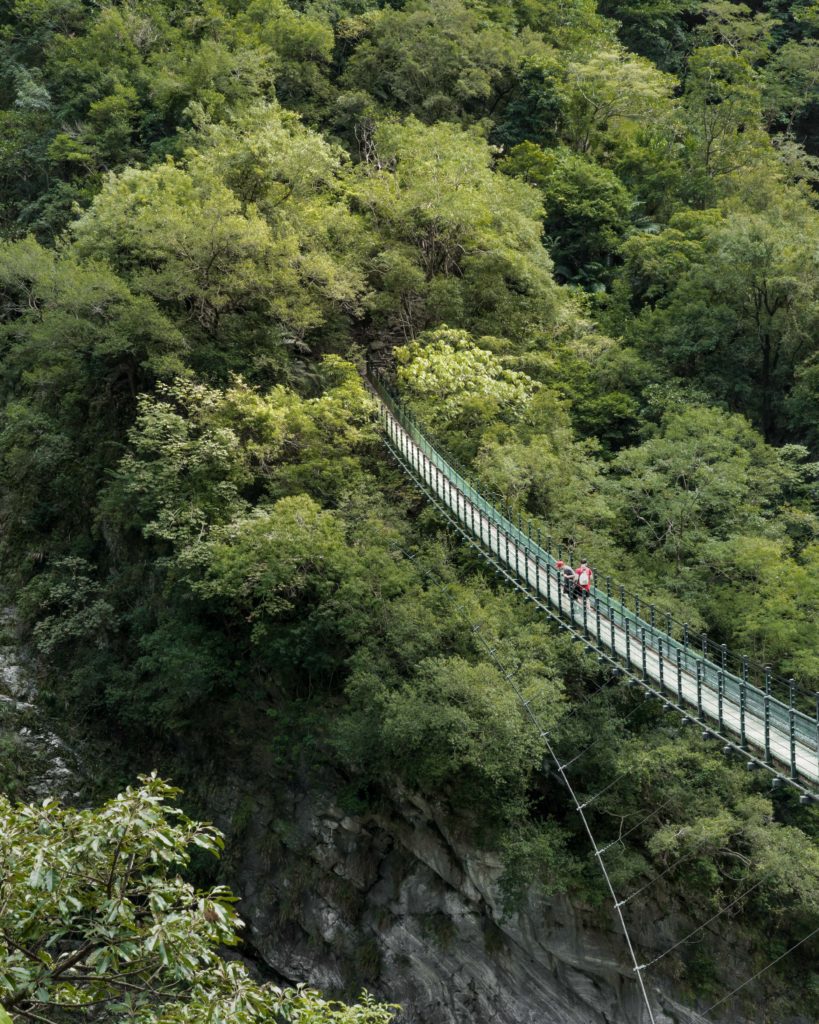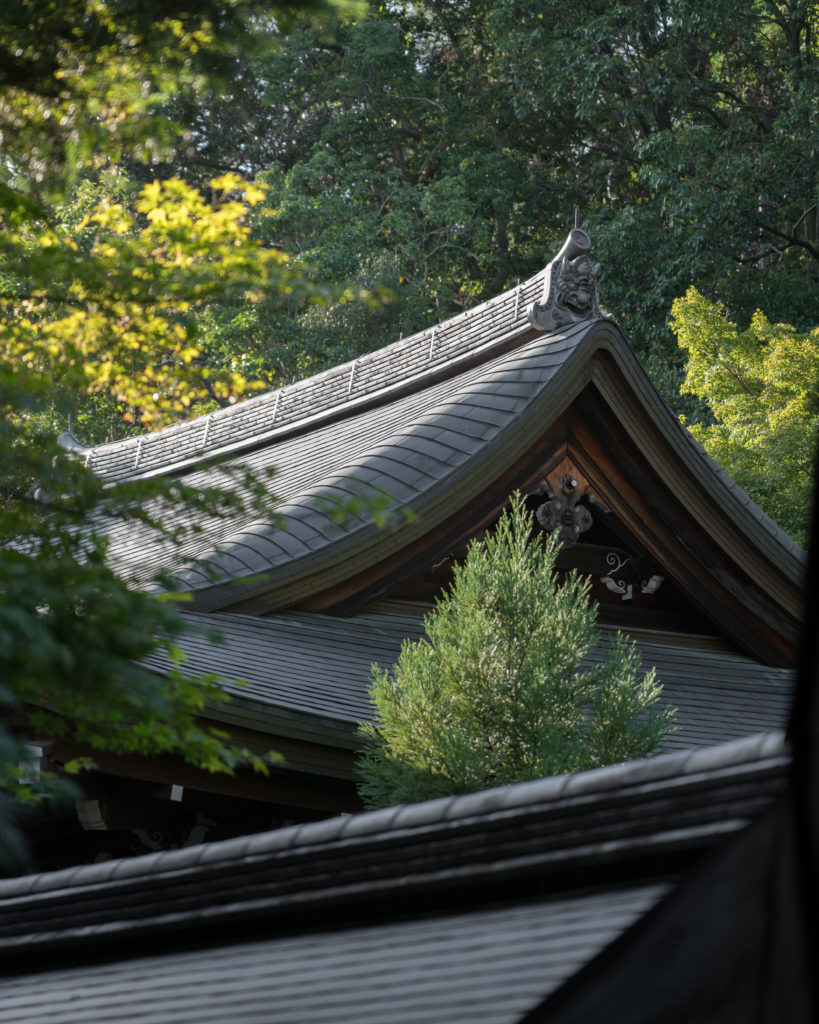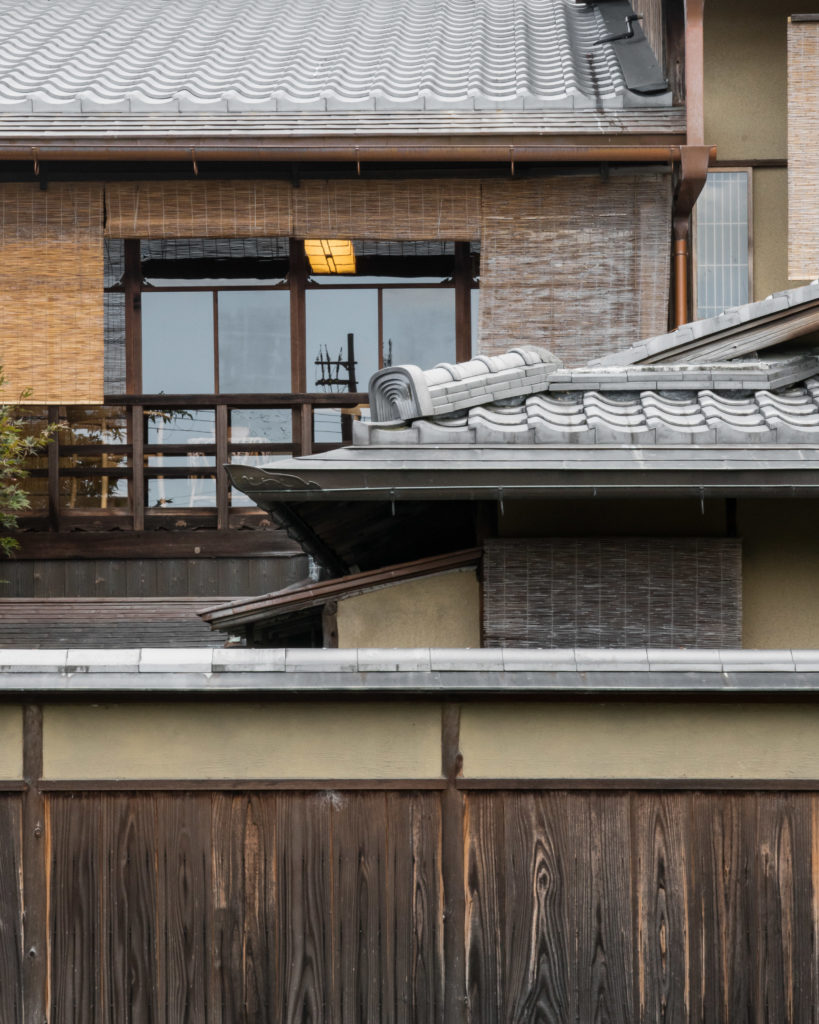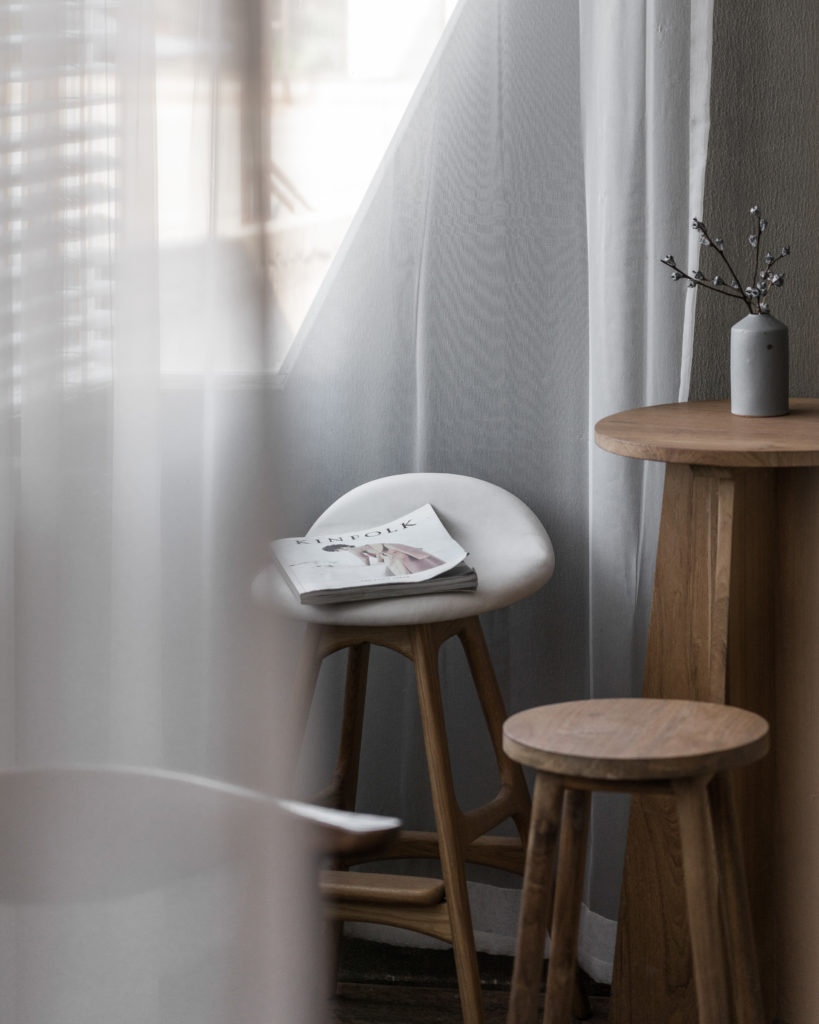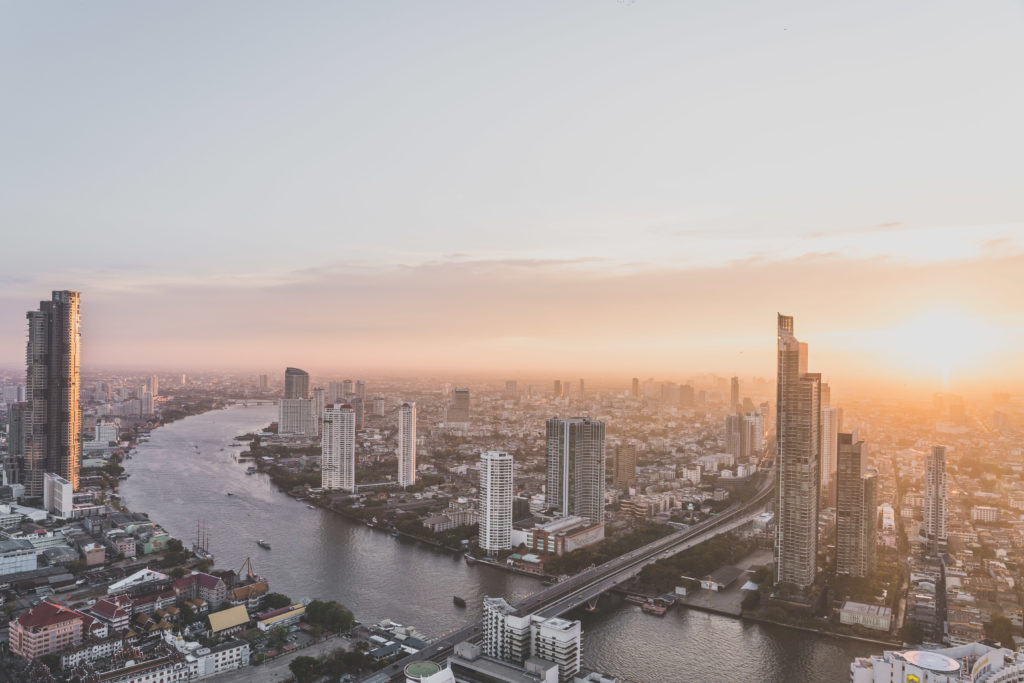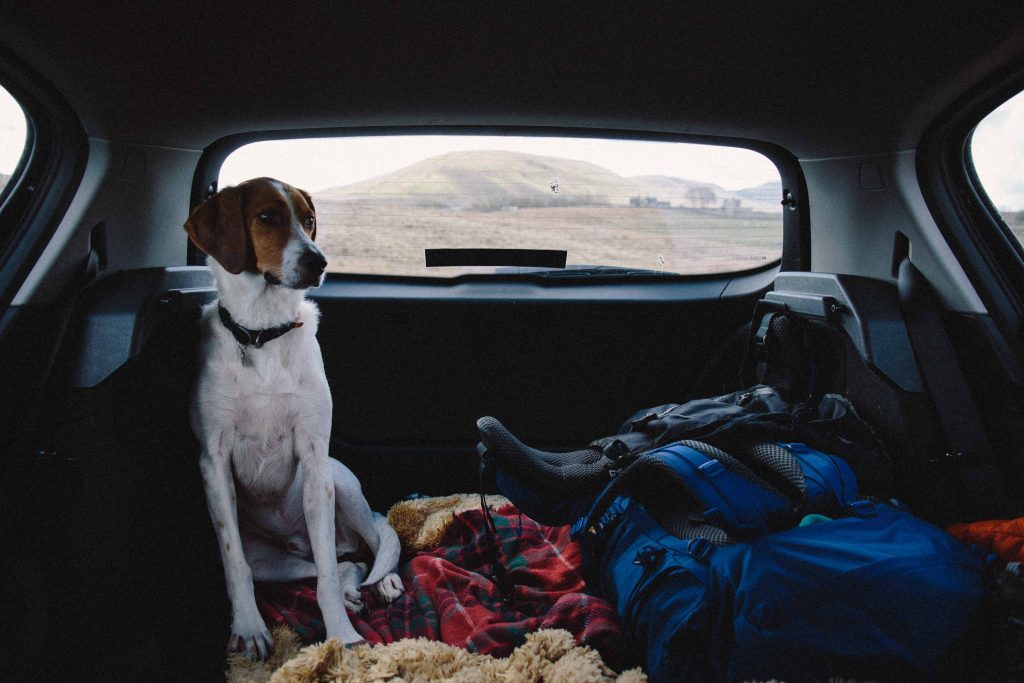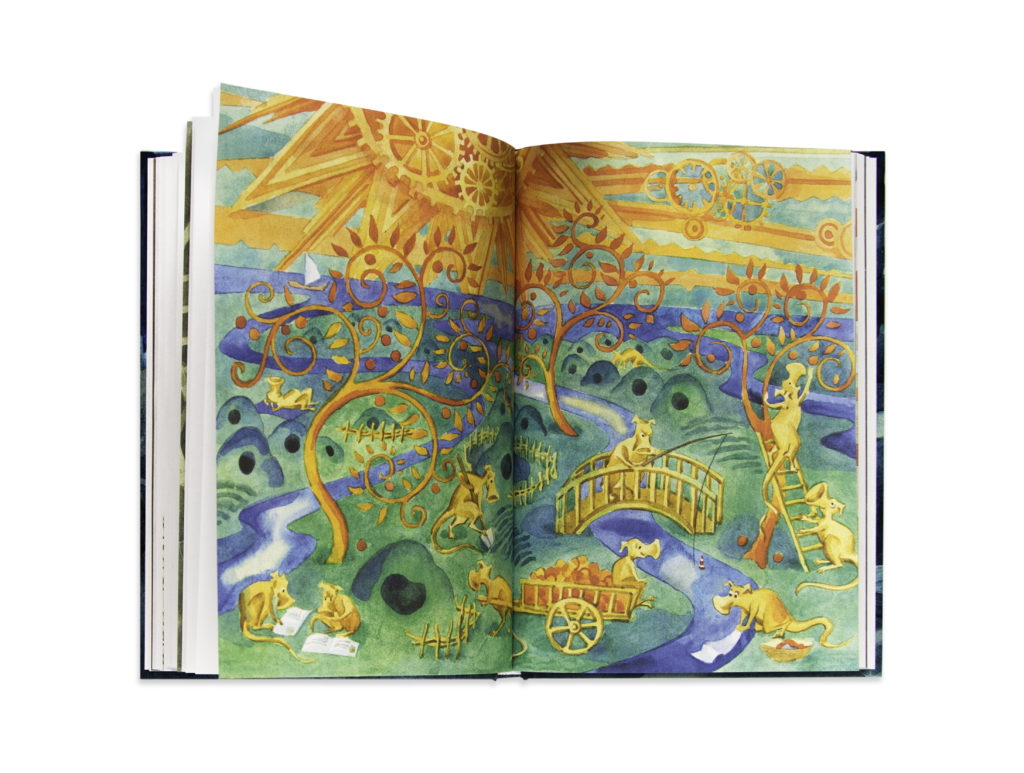While pursuing careers in architecture, Noa and Asher shared a strong passion for travel which led to exploring photography and writing as a medium to record and understand the places they ventured.
What is +NASH and how did it all start?
+NASH is an ongoing collection of stories from around the world that explores urban and natural landscapes, architectural design and creative pursuits.
As avid travellers, exploring different cultures and lifestyles has always been central to our understanding and approach to architecture. So, integrating our passions for travel and architecture through the medium of photography and writing became the ideal way for us to simultaneously pursue both.
On a trip to Malaysia in 2017 we spent some time in Penang and were blown away by the design community and the sense of entrepreneurship that people had in pursuing their creative outlets. Something clicked in us then, and the concept of +NASH was born.
How do you curate your content? On the go or do you prepare?
Often we arrive in a place not knowing what to expect. This is important to both of us because it’s that thrill of the unknown that is such a big part of why we love to travel. We try to let places tell us their stories as much as possible. Cities, cultures and people don’t always reveal themselves straight away. We spend as long as we can in a place, to see the way it changes over time and how people adapt to what those changes bring. Exploration, interaction and research inform what we pursue through the lens of architecture and design.
Tell us about your favourite post? City? Place? And what made it special?
While every story is special for different reasons, we’re always drawn to understanding the complexities of cities and how their evolution has shaped the way people live. In 2019 we spent five months in Thailand and took some time exploring the megacity that is Bangkok. As we explored the city we noticed that many of the roads hovered above hidden waterways and we were curious as to why. Understanding the way the development of the infrastructure shaped the evolution of the city from a water based network built on canals to a road based landscape, fundamentally changed the way people interacted with the city. This understanding altered the way we perceived and experienced the city, and reinforced just how much the built environment affects the way we live.
Where do you see +NASH going in the future? What are your ambitions for it?
Our plan is to publish a series of investigative studies of place that share our explorations of urban and natural environments and the people who navigate them. We aim to inspire those who seek to understand the places they inhabit, and encourage them to ask themselves why places are the way they are by promoting slow and explorative travel with an inquisitive and curious mindset.
@plus.nash
